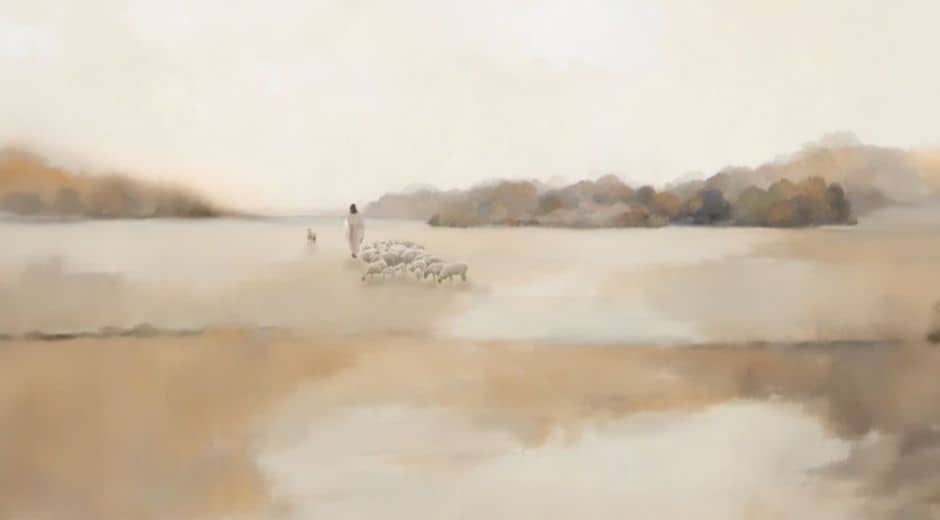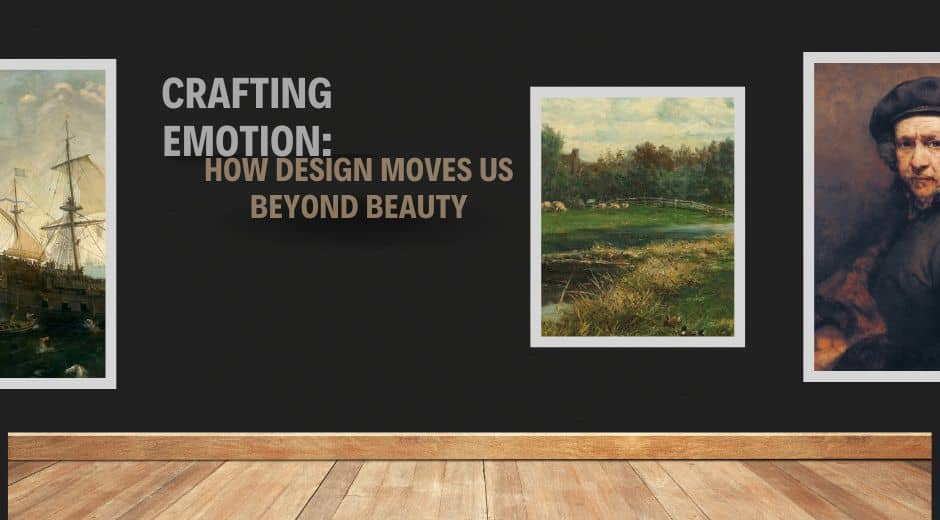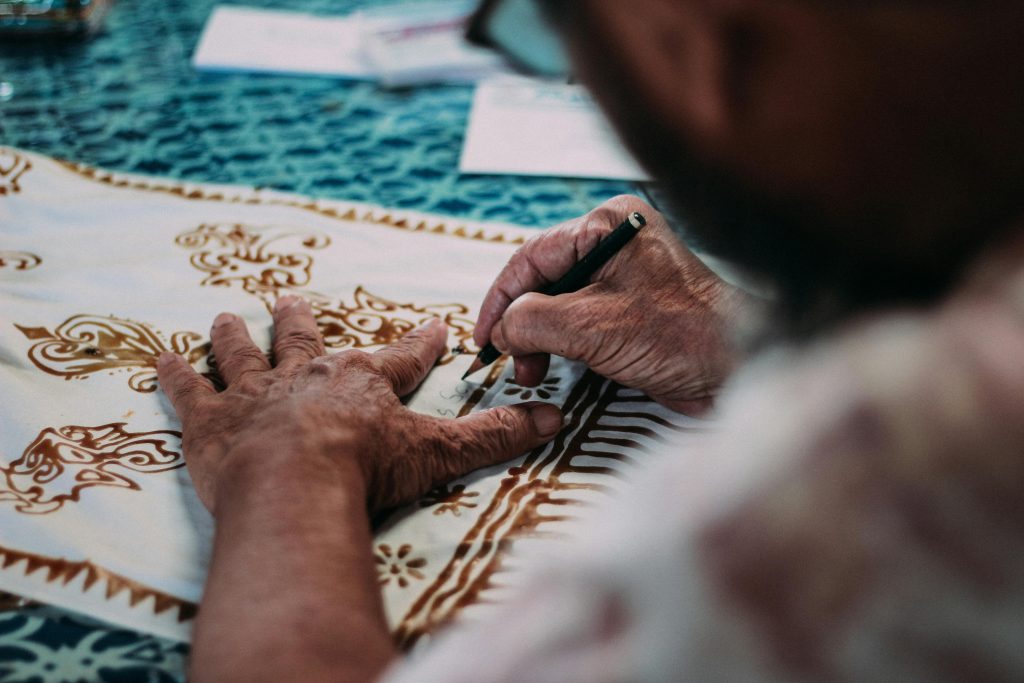Shaping Atmosphere: How Visual Choices Transform a Space
Every room carries its own presence.
Some feel warm, others energizing, and some instantly put us at ease.
What creates this response isn’t random—it comes from the visual choices behind the space: color, proportions, weight, shadow, and the way objects relate to one another.
Design isn’t about decoration; it is about shaping experience.
1. Form Sets the Foundation
Form is the starting point for any visual environment.
Curves soften a room and make it feel welcoming.
Strong edges bring clarity and confidence.
Tall silhouettes draw the eye upward, while low, wide shapes encourage stillness.
Each form carries a quiet influence, guiding how our attention moves through the space.
Explore how visual arrangement influences perception here:
https://museatime.com/illustration-drawing/composition-hidden-architecture/
2. Color Defines Mood Instantly
Color affects us before anything else.
Warm tones carry notes of comfort and familiarity.
Cooler tones introduce calmness and clarity.
Neutral palettes emphasize materials and form, while deeper shades create intimacy.
Even the slightest shift in color temperature can dramatically change how a space feels.
Color is one of the most powerful tools in shaping atmosphere—subtle, yet immediate.
3. Light as a Silent Sculptor
Light transforms a room with every passing hour.
Morning brightness energizes.
Afternoon sun softens edges.
Evening shadows settle into corners, introducing stillness.
The direction, intensity, and warmth of light alter how surfaces appear and how the room is perceived.
Light doesn’t just illuminate—it shapes mood.
4. The Relationship Between Objects
Objects speak to each other through proximity and placement.
A single chair placed near a window invites rest.
Two items side by side create curiosity.
A cluster of smaller pieces adds richness and movement.
The way objects relate tells the viewer where to look, how to walk through the space, and what emotion to feel first.
This subtle arrangement is often the difference between a room that works and a room that overwhelms.
5. Materials Add Character
Material choices—stone, wood, metal, glass, fabric—carry distinct personalities.
-
Stone feels grounded
-
Wood introduces warmth
-
Metal adds strength
-
Glass brings openness
-
Soft fabric adds comfort
The combination of materials shapes the sensory experience of the room long before any detail is noticed.
6. Proportion Influences Flow
Proportion determines whether a room feels open, intimate, spacious, or dense.
Large furniture in a small space can feel heavy.
Small objects in a large room can feel lost.
Balanced proportions create harmony between the individual elements and the space they occupy.
This small consideration dramatically impacts how a room is experienced.
7. Negative Space Matters As Much As Objects
What you don’t fill is just as important as what you do.
Empty areas guide movement, rest the eye, and give objects room to breathe.
Leaving intentional openness allows the space to feel effortless rather than crowded.
It also highlights key elements, making them feel more significant.
8. Atmosphere Through Style
Personal style influences the emotional tone of a space.
Some prefer clean geometry; others find comfort in layered environments.
Some choose bold features; others lean toward quiet subtlety.
Whatever direction one chooses, the goal is to create a space that reflects the person living in it.
For those exploring design trends, interior styles, and aesthetic identity, visit:
StyleRadarPoint.com
https://styleradarpoint.com/
9. The Role of Personal Objects
A room becomes meaningful when it contains personal touches—photographs, memorabilia, artifacts, or handmade pieces.
These items give the space a sense of history and intention.
They make a room feel lived-in rather than displayed.
Personal objects transform a house into a home.
Conclusion: Spaces Shape Us More Than We Realize
A well-designed room doesn’t demand attention—it invites it gently.
Through color, form, spacing, and light, a space can calm, energize, or inspire without a single word spoken.
“The way we shape space shapes how we feel inside it.”
Thoughtful visual choices help create environments that support us in subtle, powerful ways.
Inspiration Expression Eternity

Shaping Atmosphere: How Visual Choices Transform a Space
A space changes instantly through form, color, shadow, and arrangement. Explore how thoughtful visual decisions influence mood and elevate everyday interiors.

Shaping a Scene: How Structure Guides the Eye
Every sketch benefits from structure. By guiding the viewer’s eye with thoughtful arrangement, illustrators create pieces that feel intentional, balanced, and visually inviting.

How Traditions Evolve Through Modern Life
Traditions don’t disappear as time passes — they shift, adapt, and take on new forms. Explore how modern life reshapes long-standing customs while keeping their spirit alive.












